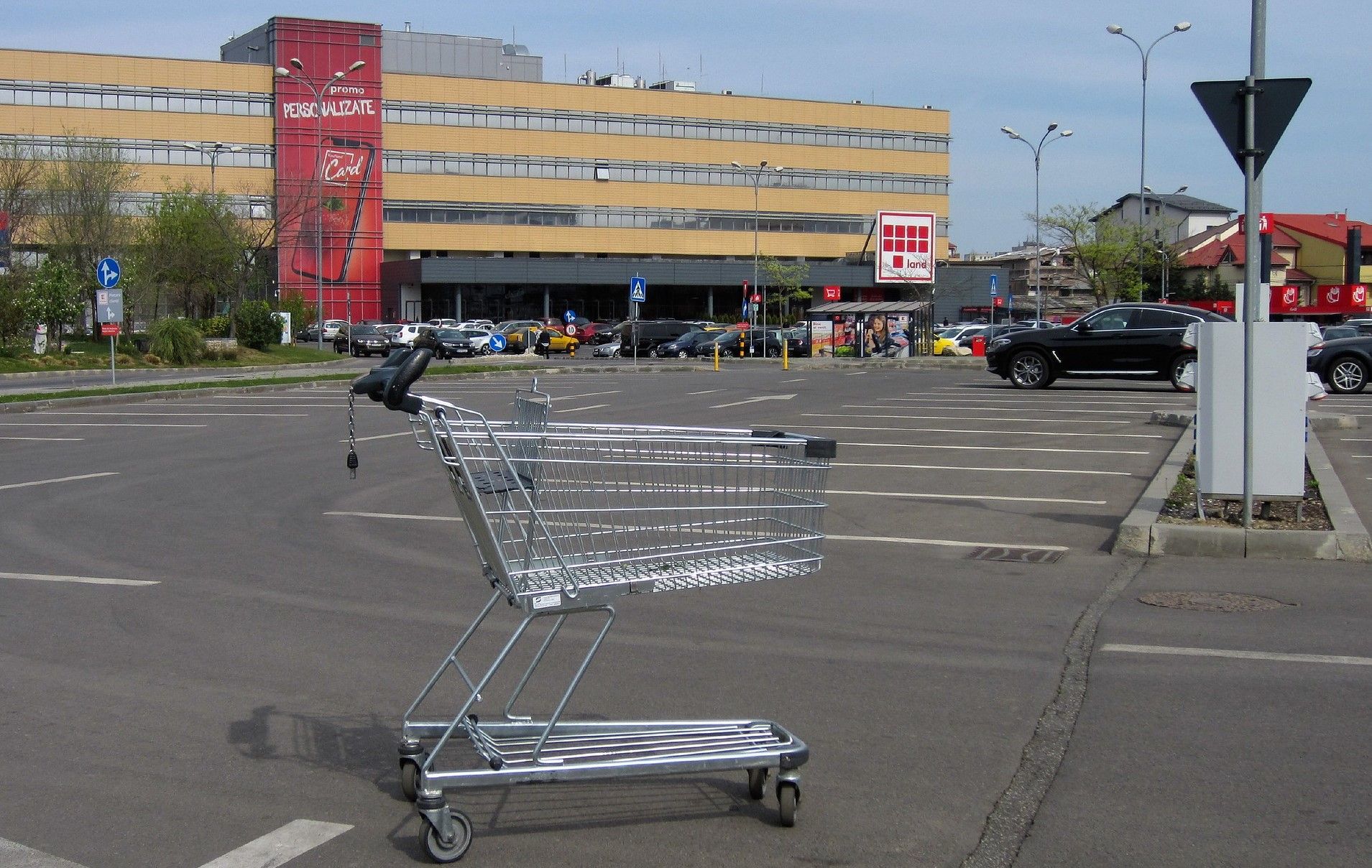The coronavirus lockdown has hit businesses of every shape and size. Few enterprises can make money when everything must remain closed and customers must stay at home.
In response to these near impossible economic circumstances, governments have stepped in to help.

But while everyone is suffering, perhaps smaller business are having a harder time than larger corporations.
In America, for example, a $2 trillion aid package is being distributed. But the terms are quite different for the size of each business. As the New York Times reports, “Businesses with 500 or fewer employees will get loans directly from banks to cover more than two months of payrolls and some other operating expenses, with the government paying off the balance so long as the companies … do not lay off workers.”
Whereas, “Midsize companies, or those with between 500 and 10,000 employees, get to borrow at an interest rate that is not higher than 2 percent annually, and don’t have to repay principal or interest for six months.”
The terms for bigger businesses are less precise and the amounts of money set aside for each is also markedly different. As the report notes, “The money will be held in two pots: $350 billion will be devoted to loans and loan guarantees for small businesses. And $500 billion will be divided among airlines and companies that are critical to national security, including Boeing …”
While corporations that accept financial state aid are banned from initiating stock buy backs (basically giving government funds to shareholders), the rules about what they can do with the money are less specific.

Instead, according to the non-profit media organisation NPR, “The bill creates a special inspector general to oversee pandemic recovery. That person, along with a special committee, would provide oversight of all loans and other uses of taxpayer dollars.”
A similar committee was set up to oversee the 2008 financial crisis bailout of a bloated corporate banking sector. Today, the $700 billion Wall Street aid package is largely seen as a way for big business to make good while smaller firms struggled with the ensuing recession that the banks had created.
As Amanda Fischer, the policy director for the Washington Center for Equitable Growth, a left-leaning economic think tank, explains, “[The 2020] bailout is going to repeat a lot of mistakes of the 2008 interventions [when] corporate America’s profits bounced back quickly, but most working people have not seen their conditions improve.”
While it is sensible that government funds be reserved to ensure the health of strategic industries, it has surprised some business analysts how smaller operations are having to fight for their share. This is despite some of the smaller businesses seeing some of the most stark cuts to operations.
Restaurants, bars, hairdressing salons, and gyms, are all typically smaller, independently run enterprises and have obviously been some of the hardest hit. However, smaller manufacturing shops have also been at the forefront of the economic shutdown.
According to a survey conducted by Harbour Results Inc. (HRI) and published in the industry journal Plastics Today, “Nearly two-thirds of small to medium-sized manufacturers, both in production and tooling, are operating at some level of reduced capacity or are closed because of the COVID-19 pandemic. Additionally, of those shops that are closed, approximately 70% expect to remain closed for more than one month.”
On average, automotive shops have laid off 41% of their employees.

While it is likely that most of these workers will be able to return to the payroll as soon as the lockdown is lifted. For the manufacturing sector, the return to normal will not happen overnight.
“Although some manufacturing is starting to ramp up in May, the marketplace will not return to normal until a COVID-19 vaccine is in place, which could take as long as 18 months,” explains Laurie Harbour, President and CEO of HRI. “The industry has experienced a significant impact, causing ripples throughout the supply chain. And, if a business went into 2020 in a weakened state, it’s really going to show on the backside of this year.”
Furthermore, smaller businesses have notably smaller bank balances, with the study finding that almost half of the businesses surveyed reported that they had less than six weeks cash on hand, while 100% of those asked complained of experiencing reduced accounts receivable payments on some level.
As Harbour notes, “We have not experienced a recession or marketplace like this ever.”
These are exceptional times, where business survival hangs on a knife edge. For smaller businesses, the margin for error are also smaller.
Maybe when it comes to surviving the COVID-19 recession, size does actually matter.
Photo credit: Eugen Visan from Pixabay, Anna Shvets from Pexels, claudio losa from Pixabay, & Michal Jarmoluk from Pixabay